Here’s what the Chanso poetry form is:
The chanso is a poem and song form (lyrical verse) that was popular among the troubadours in medieval France due to its variable-length stanzas and metrical consistency from verse to verse.
While the form hasn’t seen much success in English, some cansos remain famous in France well into the modern day.
So if you want to learn all about the Chanso poetry type, then you’ve come to the right place.
Keep reading!
- Rimas Dissolutas Poetry Form: Elevate Your Mood
- Rime Couée Poetry Form: Rhyme Your Heart
- Descort Poetry Form: Unearth Fresh Perspectives
- Sestina Poetry Form: Dive Into the Poetic Spiral
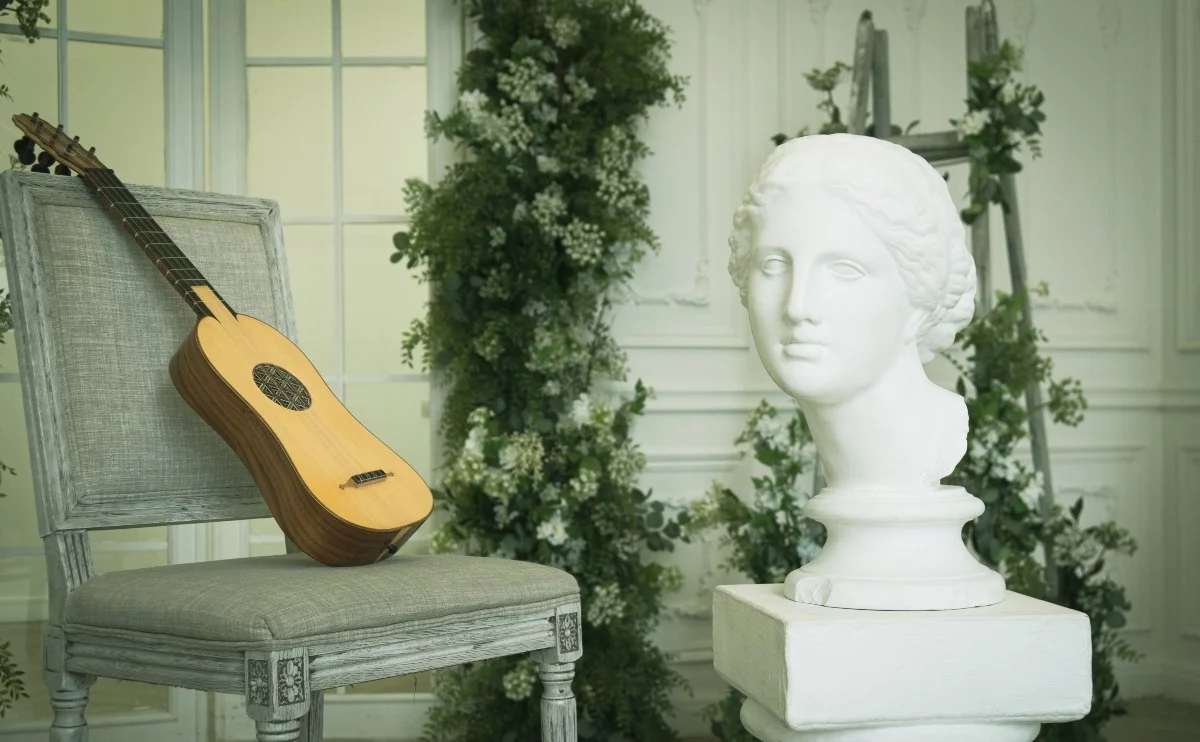
Forms of Poetry: The Chanso

Chansos (also called canso, canzo, or canson) are an interesting twist on what we normally expect from formal poetry in that they afford some flexibility to the writer.
They’re a French form consisting of five or six stanzas.
Each individual stanza’s length is widely variable, depending on the poet’s preferences.
Basic Properties of a Chanso
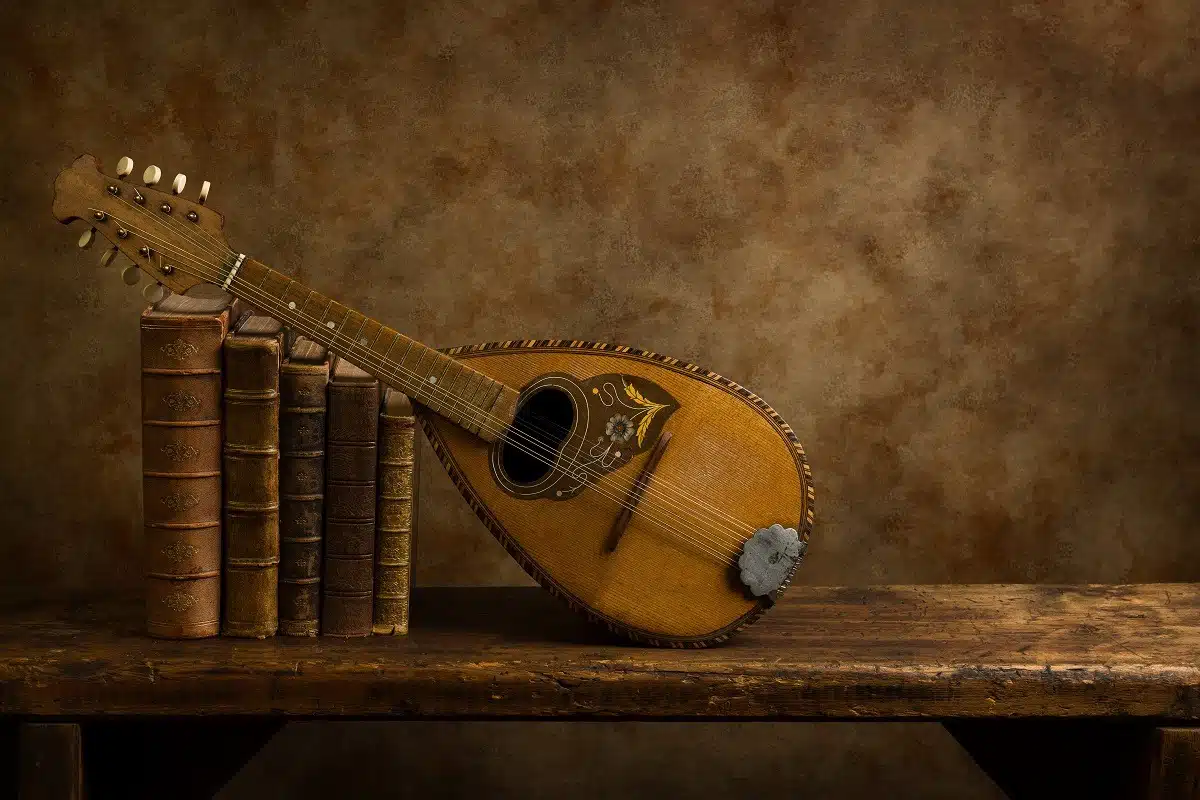
| Rhyme Structure | Varies but is expected |
| Meter | Varies |
| Origin | Medieval France; specifically the troubadours |
| Popularity | Was widely popular following its inception but has rarely seen serious attempts in English |
| Theme | Varies |
How Are Chansos Structured?

While the stanzas in a chanso should each have the same number of lines and each line should have the same number of syllables as its counterparts in other stanzas, the rhyme scheme and the actual length of the stanzas are determined by the poet.
Keep in mind that while a chanso’s rhyme scheme is determined by the poet, it is expected that the poem will have a rhyme scheme.
While this scheme will be reflected across stanzas, the end sounds will not be repeated throughout the entire poem.
So if the first stanza is a quatrain with a rhyme scheme of ABAB, then it would be expected that the next stanza is a quatrain with a rhyme scheme of CDCD.
The last stanza, the envoi, should be half the length of the preceding stanzas, or approximately half if they had an odd number of lines.
So while a chanso using quatrains would be expected to end in a couplet, a chanso using quintains could end in a couplet or a tercet.
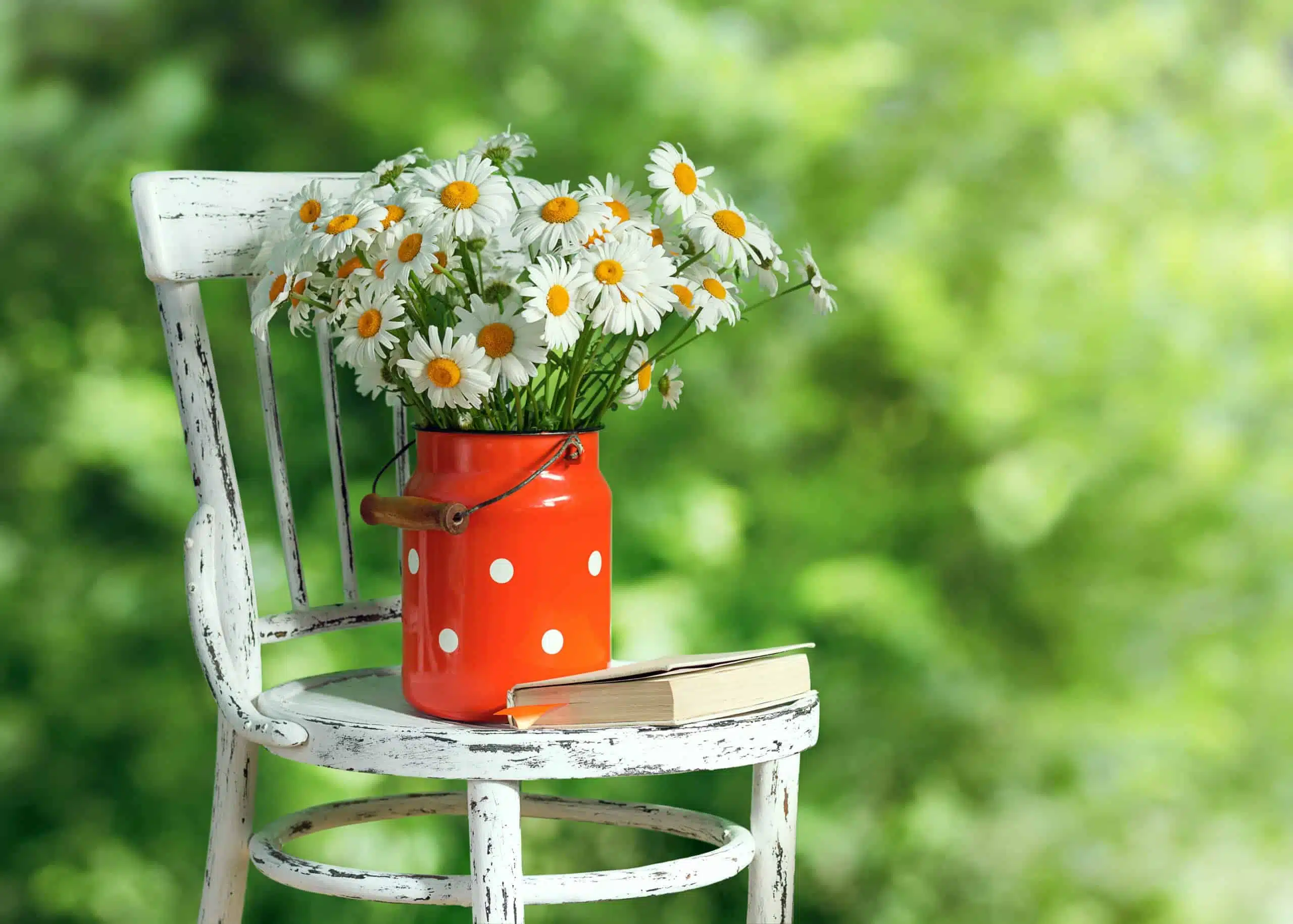
The envoi follows the prescribed pattern, just cut short due to the length.
So if you were to end on a couplet then whether or not the couplet rhymes would depend on whether the first two lines of each stanza before that rhymed or not.
Example rhyme schemes for chansos that utilize quatrains include ABAB CDCD EFEF GHGH IJ and AABB CCDD EEFF GGHH II.
It should be noted that the chanso has some significant overlap with other forms, due to its natural flexibility.
The rhyme schemes, in particular, tend to be similar to ballads.
Example of a Chanso Poem
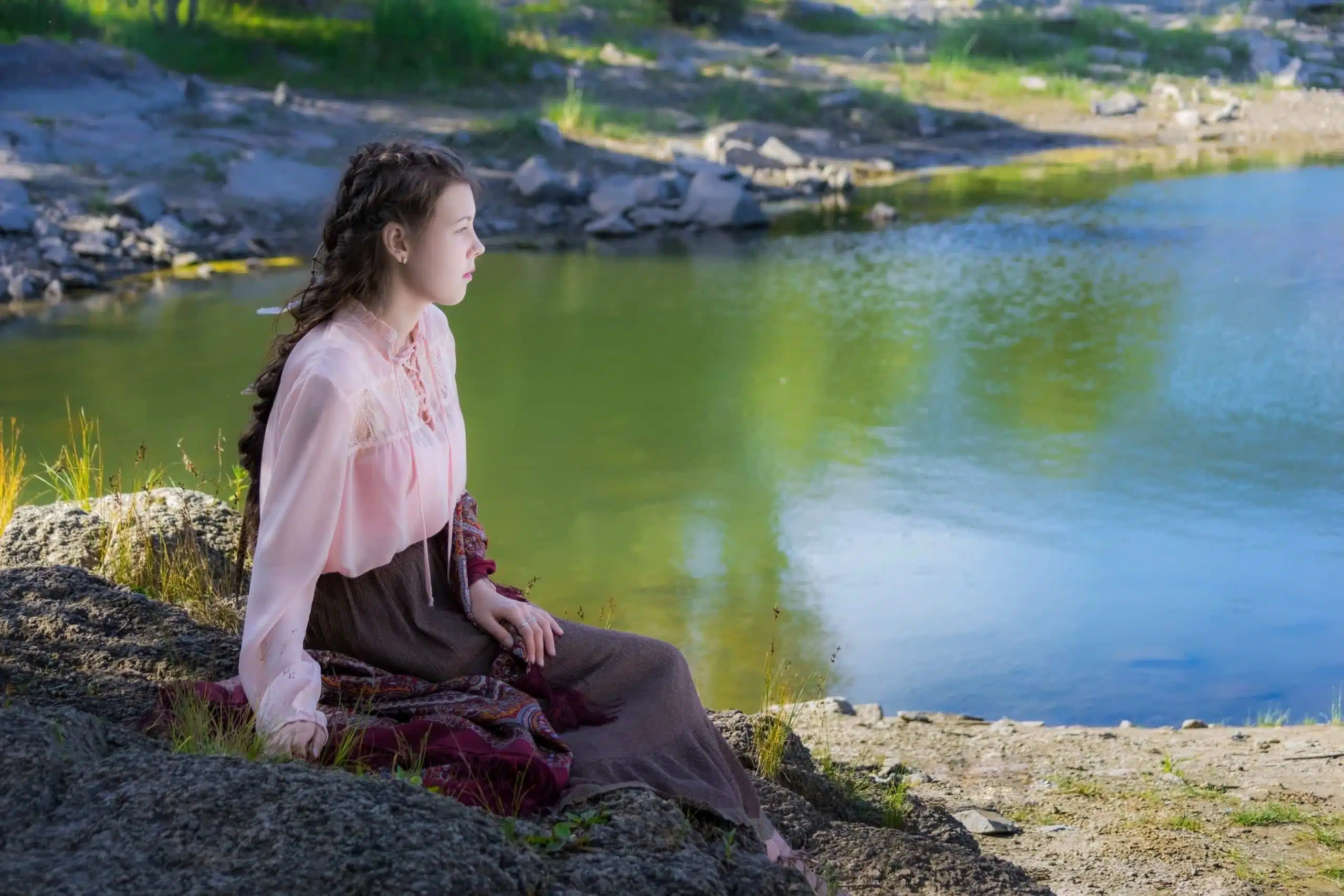
From Can vei la lauzeta mover by Bernart de Ventadorn
Pus ab midons no.m pot valer
Precs ni merces ni.l dreihz qu’eu ai,
Ni a leis no ven a plazer
Qu’eu l’am, ja mais no.lh o dirai.
Aissi.m part de leis e.m recre!
Mort m’a, e per mort li respon ,
E vau m’en, pus ilh no.m rete,
Chaitius, en issilh, no sai on.
Tristans, ges no.n auretz de me,
Qu’eu m’en vau, chaitius, no sai on.
De chantar me gic e.m recre,
E de joi e d’amor m’escon.
This excerpt is from a song by Bernart de Ventadorn which is likely the most famous chanso ever written.
Specifically, this snippet consists of the penultimate stanza and the envoi.
This song was written in Occitan, a language of southern France, and is still performed and recorded regularly in the modern era.
It’s famous for being an early example of poetry that explores the dramatic effect of first-person present tense and is considered the most well-known remnant of the troubadours, despite being one of the oldest on record.
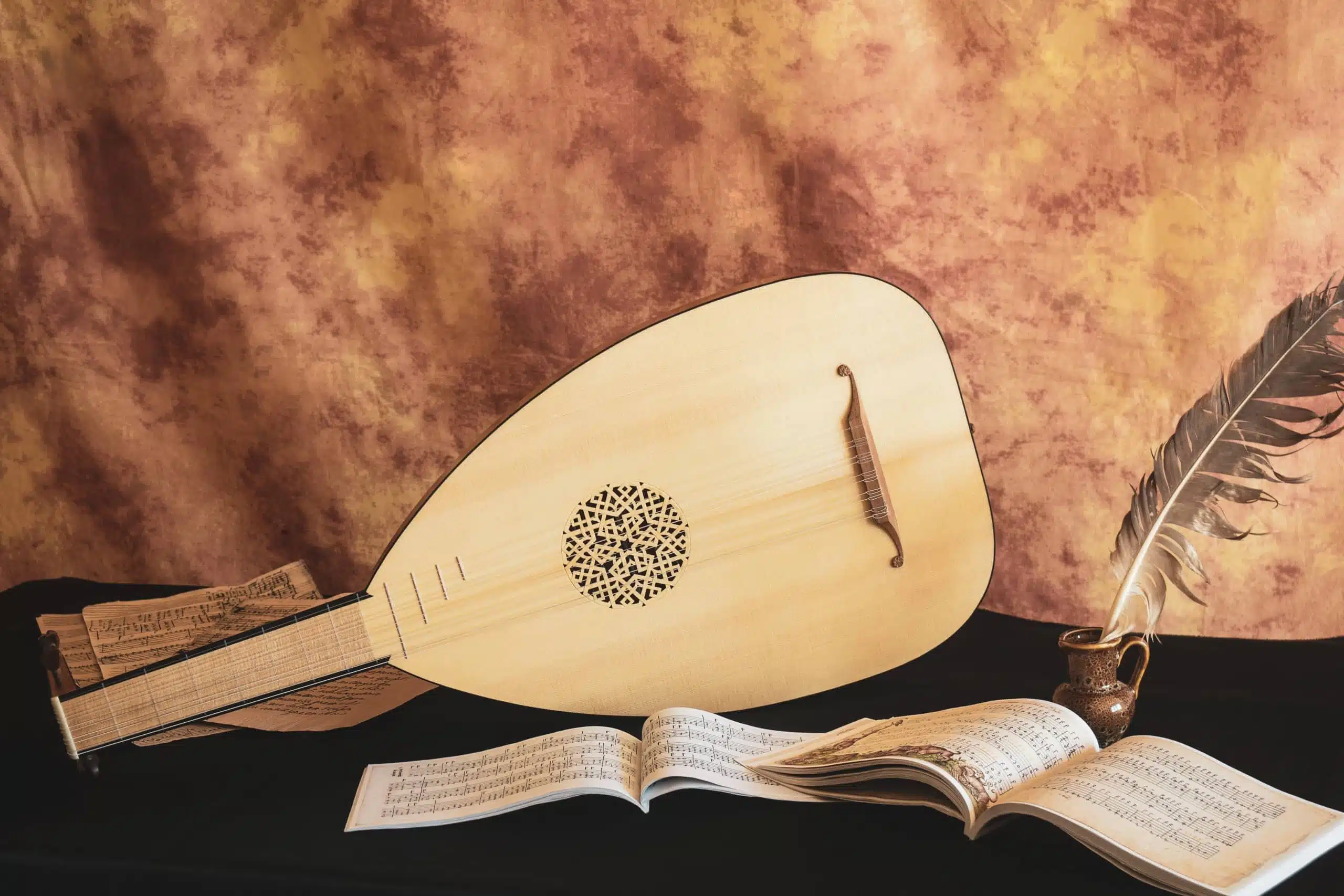
English examples of chansos are unfortunately quite rare and inconsistent in their execution.
So the poetry of the original troubadours remains the best way to visualize the intent behind the form.
If you intend to try your hand at a chanso, it would be best to listen to a few chansos recited verbally online so as to get a feel for the general flow, since they were a predominantly spoken form.
History of the Chanso
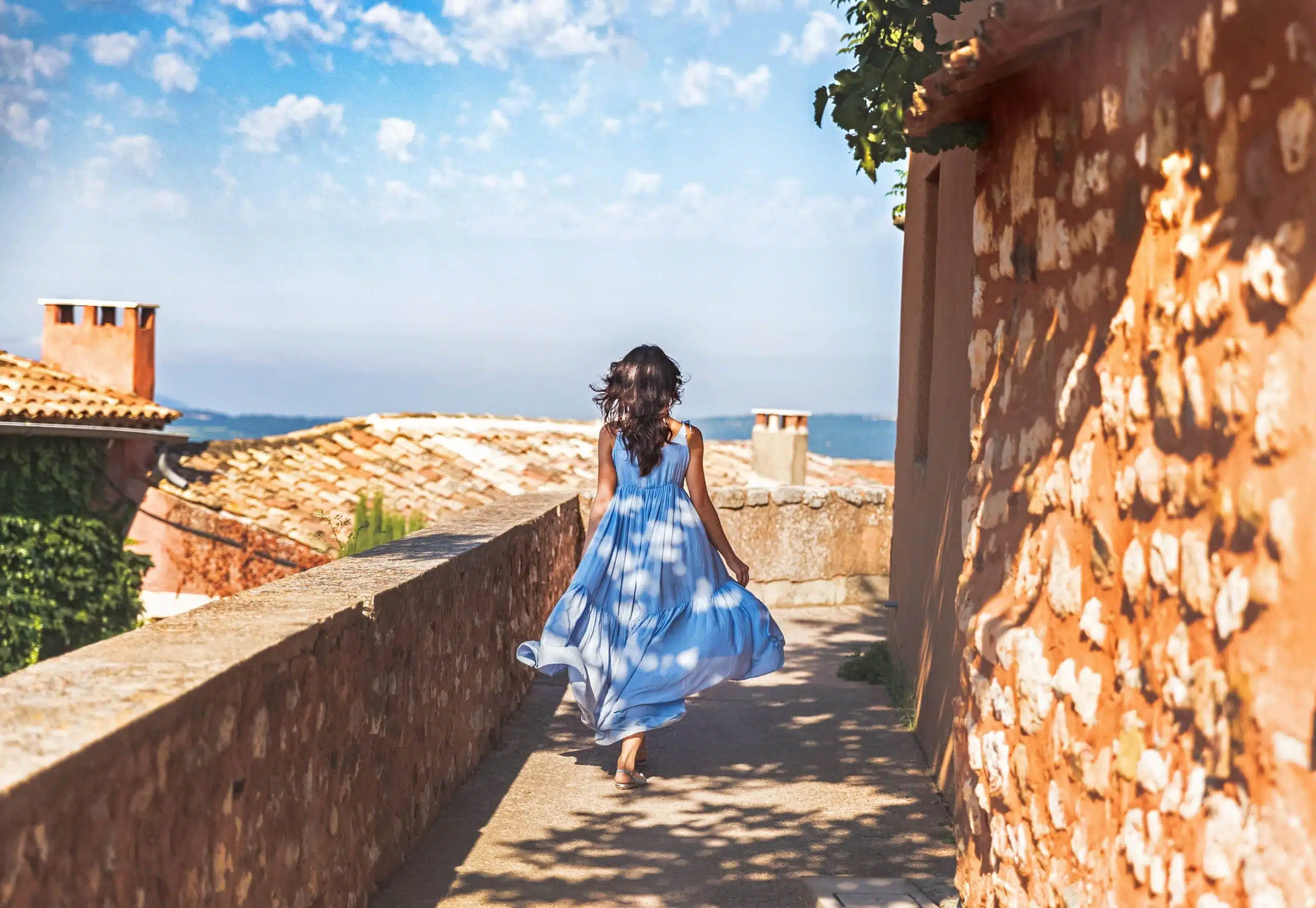
The chanso, like many French poems, began as a song form popularized by the troubadours around the 12th century.
It would be no exaggeration to say that a majority of the forms we commonly associate with France exploded into being around this era of experimentation.
As is typical of verse written by troubadours, the original intent was for the poems to be recited orally, often with musical accompaniment.
The form did get its start as lyrical verse but has seen experimentation as a written form.
Despite its initial popularity, this form has mostly stayed within French borders, at least as far as famous examples go.
It was easily the most popular form among the troubadours, especially earlier on.
As with many forms that experienced bursts of heavy popularity and experimentation, the chanso ended up with a lot of variance in how its various writers approached it.

The chanso didn’t have any real competition as the most used style of the troubadours until late in the 13th century.
Evolutions of the chanso include the Italian canzone and the Old French grand chant, which tended to focus on courtly love.
The chanso itself continues to see experimentation.
One point of appeal for the chanso, particularly as a song form, was its simplicity.
Since the meter and rhyme scheme was expected to be consistent from verse to verse, it was possible to reuse the same melody for each stanza.
Tips for Writing a Chanso

The canso has not yet made a significant leap into English, through there have undoubtedly been attempts.
When it comes to foreign forms, the general flow of history is that a famous poet picks up the form and tries it out in his own vernacular, then other poets imitate his or her interpretation while gradually expanding on it.
Unfortunately the chanso, due partly to its intended purpose as a flexible form, is difficult to create an entirely faithful facsimile of.
English poets have historically had a preference for strict, demanding forms and English poetry has only in recent centuries taken a turn toward flexibility and freedom.
This does not mean you cannot write an English canso, but it does mean that you’ll have to determine for yourself what the best English interpretation of the form is in your mind.
Luckily, many elements of the form carry over well into English, so it mostly boils down to how you will define the rhyme scheme, verse length, and meter that you feel is appropriate for the form.
Generally speaking, verses of 3-8 lines tend to be a natural fit for English speakers.
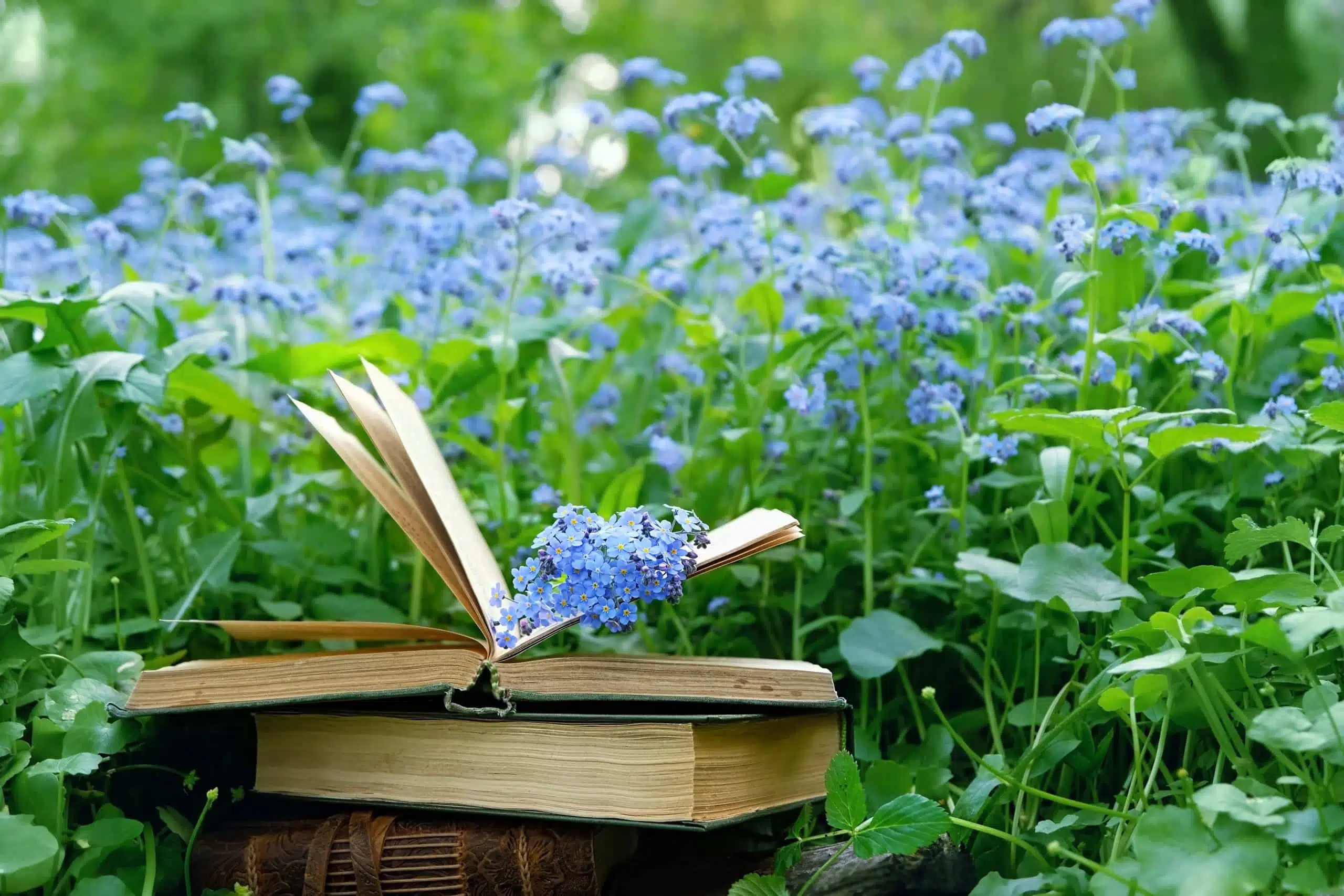
Couplets are tricky since they leave little room for technical flourish or narrative, while longer verses are just too demanding on the eyes and patience of the writer.
As for the rhyme scheme, simple is usually best, but be sure to choose something that you can consistently replicate.
It’s reassuring to be allowed to vary the end sounds from stanza to stanza, but this does not mean you should slack off in the initial design stages.
Most poets find that alternating rhymes such as ABAB or ABCABC feel natural and smooth, but experiment with what works for you.
Poet’s Note

It causes me physical pain to use an example that isn’t in English.
I know that English readers won’t be able to glean as much from a foreign example as from an English example.
Unfortunately, I couldn’t find any strong examples listed as cansos, canzos, chansos, or cansons.
Ballads and double ballads are very similar to cansos, if you want to try comparing them to similar forms.
Comprehensive Collection of Poetry Forms: Craft Words Into Art

Dare to traverse the entire spectrum of poetic forms, from the commonplace to the extraordinary?
Venture from the quintessential Sonnet to the elusive Mistress Bradstreet stanza, right through to the daunting complexity of Cro Cumaisc Etir Casbairdni Ocus Lethrannaigecht.
For those with a zeal to encounter the full breadth of poetry’s forms, this invitation is yours.
Start exploring the vast universe of poetic ingenuity with our comprehensive array of poetry forms right now!
